Building the Future of Research: Celebrating Postdocs and Training Programs
September 18, 2024
Continue Reading
What Does an Immunologist Do?
February 12, 2024
Spotlighting SEPA for National STEM Day
November 8, 2023
Continue Reading
Quiz: Sepsis Science
September 13, 2023
Continue Reading
Celebrating 10 Years of Biomedical Beat
August 16, 2023
Continue Reading
Mentoring Month: NIGMS-Funded Researchers Make Mentoring Meaningful
January 11, 2023
Continue Reading
National Chemistry Week: Recent Interviews With NIGMS-Funded Chemists
October 12, 2022
Continue Reading
Sepsis Sleuths
September 13, 2022
Continue Reading
Could a Spoonful of Sugar Be a Medicine?
September 29, 2021
Continue Reading
Fight Against COVID-19 Aided by Sepsis Researchers
January 13, 2021
Continue Reading

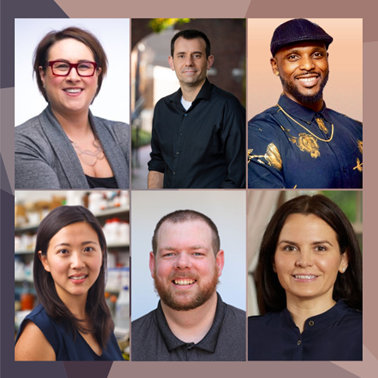
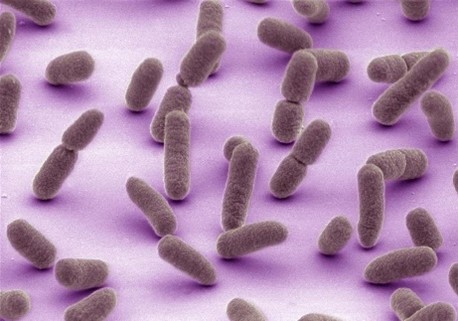
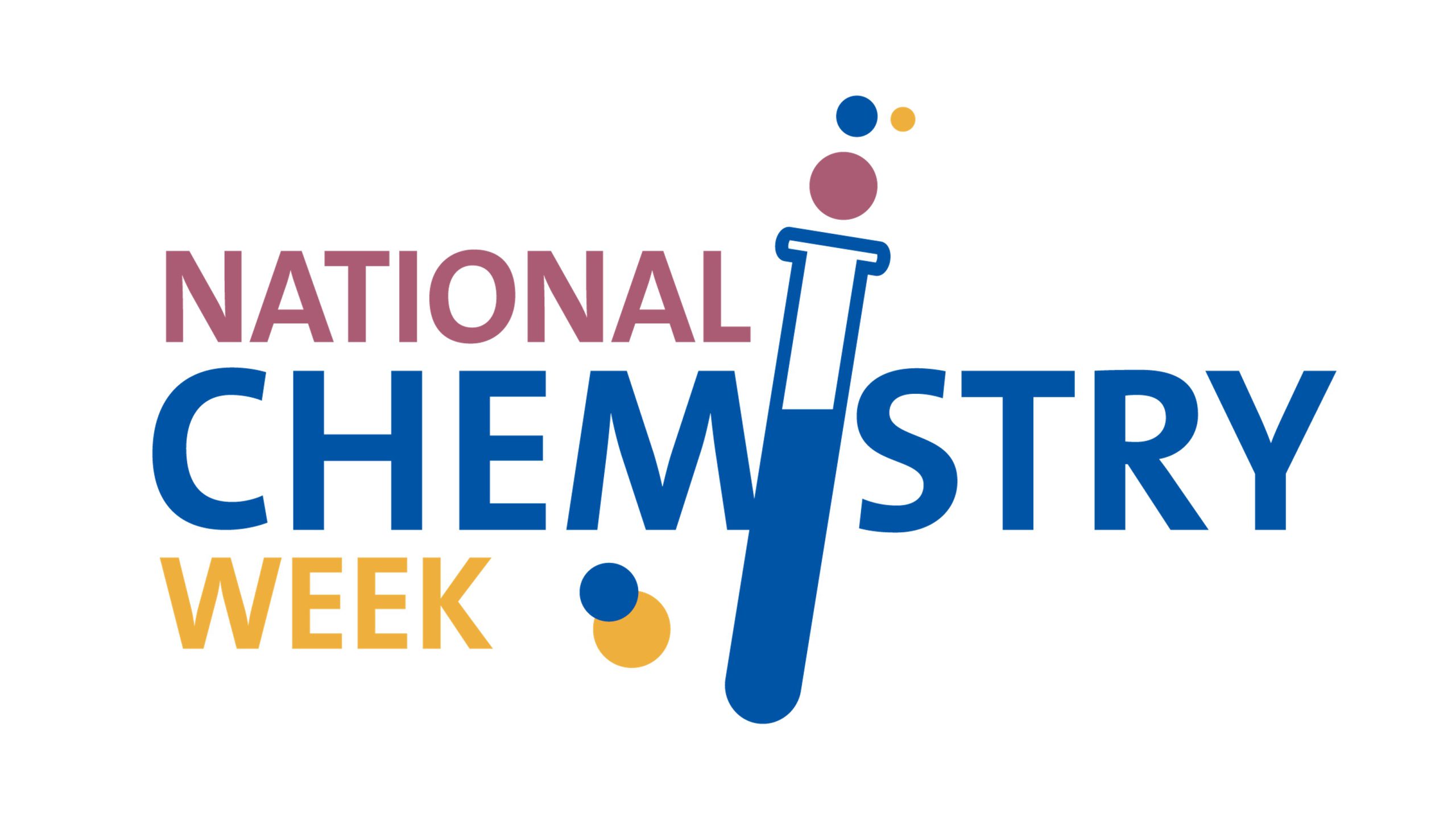 Credit: ACS Website.
Credit: ACS Website.
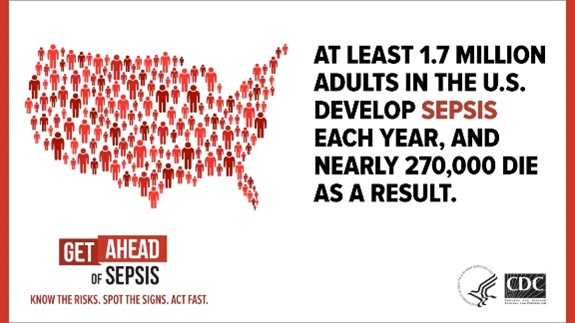
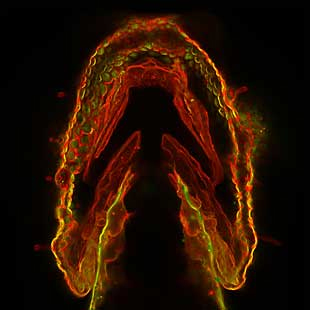
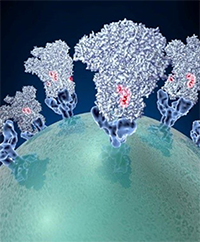 Spike proteins on the surface of a coronavirus. Credit: David Veesler, University of Washington.
Spike proteins on the surface of a coronavirus. Credit: David Veesler, University of Washington.